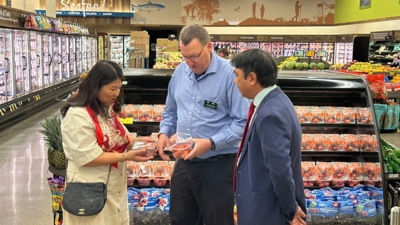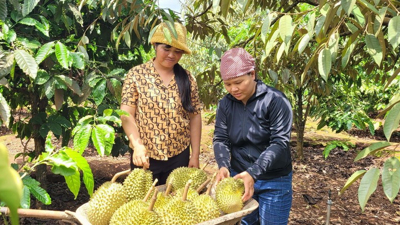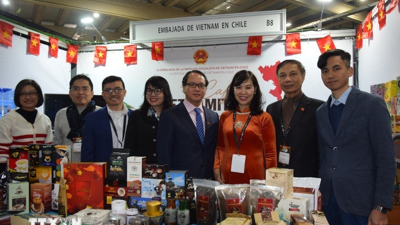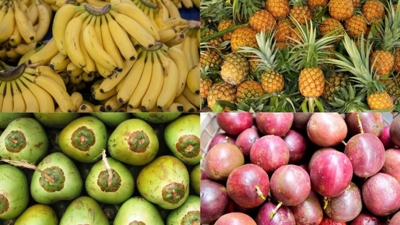Vinh Long leverages technology to elevate Macapuno coconut into billion-dollar export crop
Traditional Macapuno trees yield a "sap" or macapuno ratio of only 20-30% per bunch, whilst trees grown using modern embryo and tissue culture techniques achieve a ratio of 75-80% per bunch.

Macapuno coconut is one of Vietnam's six key industrial crops, generating over $1 billion in annual export revenue.
The Mekong Delta province of Vinh Long has long been renowned as a prosperous region for coconut cultivation, particularly for its high-quality and economically valuable Macapuno variety (known as dua sap).
In the face of increasingly severe climate change challenges, including drought and saltwater intrusion, the application of science and technology to develop high-quality Macapuno coconut varieties is paving a sustainable path forward for local farmers.
According to statistics, the province currently has approximately 1,277 ha dedicated to Macapuno cultivation, with 250,000 trees. The difference in productivity between cultivation methods is stark. Traditional Macapuno trees yield a "sap" or macapuno ratio of only 20-30% per bunch, with an output of about 20-25 coconuts per tree annually.
In contrast, trees grown using modern embryo and tissue culture techniques achieve a remarkable macapuno ratio of 75-80% per bunch, with an average yield of 55-60 coconuts per tree per year. This high-value variety fetches market prices ranging from VND70,000 ($2,7) to VND120,000 ($4,6) per fruit, depending on its quality and size.
This technological advantage translates directly into significant economic benefits. While traditional Macapuno orchards generate an average income of around VND320 million ($12.200) per hectare per year, orchards using embryo and tissue-cultured varieties can achieve VND770 million ($29,500) per hectare annually.
To overcome the limitations of traditional propagation methods, which yield a maximum macapuno ratio of just 25%, scientists at Tra Vinh University have perfected an embryo culture process that has successfully boosted the ratio of macapuno-bearing fruits to over 85%.
Beyond improving crop varieties, Vinh Long is implementing a comprehensive strategy for the sector. This includes zoning cultivation areas, encouraging the rejuvenation of aging orchards, and stepping up trade promotion.
A key focus is fostering partnerships between businesses and farmers to develop the entire value chain—from production and advanced processing to consumption, with a strong orientation toward exports. Furthermore, Vinh Long is collaborating with the Ministry of Science and Technology and connecting with scientists from Japan and South Korea to research the application of Macapuno coconuts in the cosmetics and pharmaceutical industries.







